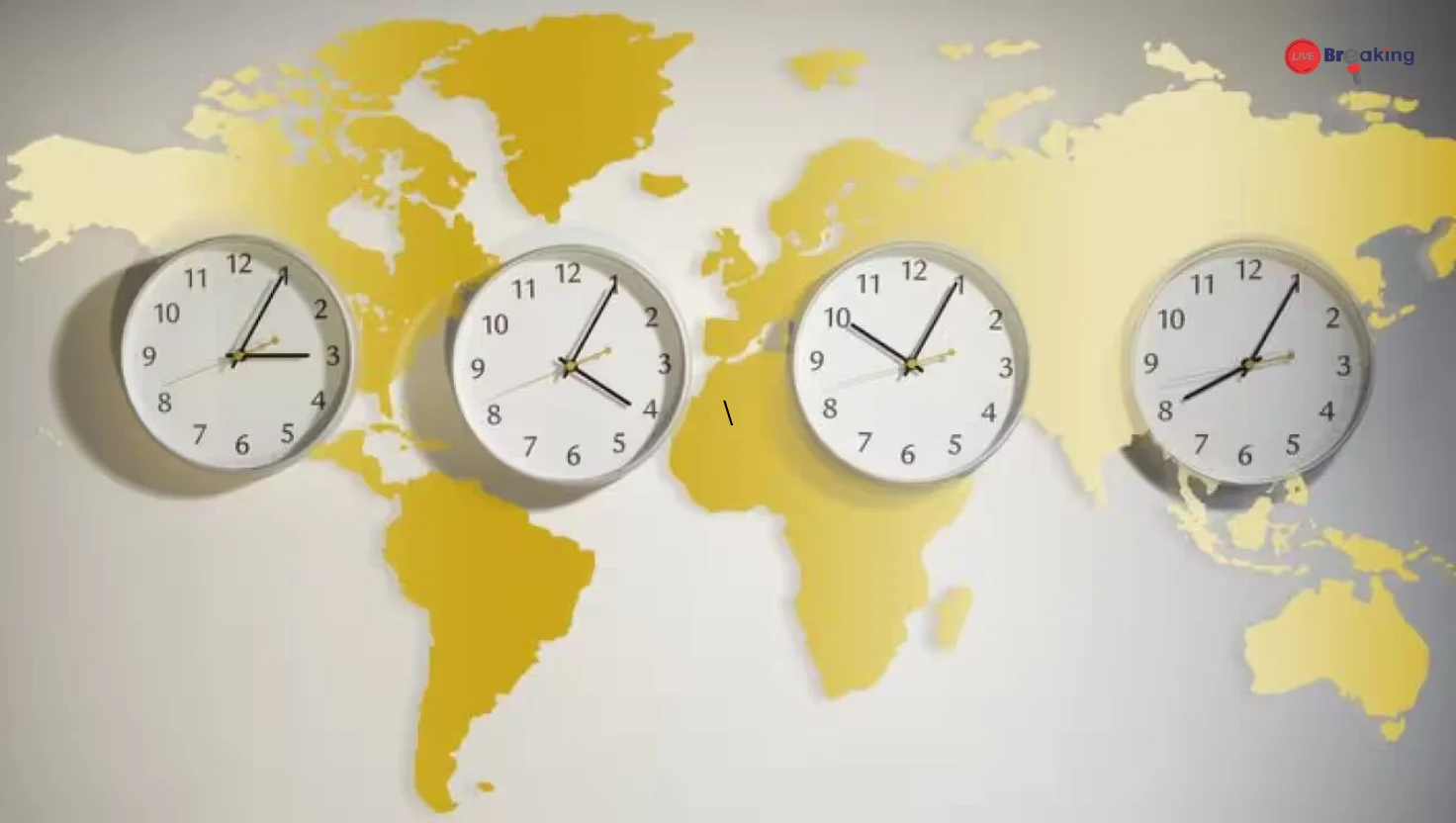List of Top 10 Countries That Are Behind in Time From India
Time is one of the few universal constants that governs life across the planet, yet it behaves differently depending on where you stand. While it may be morning in Mumbai, it’s still the night before in New York. The Earth’s rotation and the division of time zones ensure that no two places experience the same hour at once. India, located in the eastern hemisphere, runs ahead of many countries — particularly those in Europe, Africa, and the Americas. From London to New York and beyond, here’s a look at the countries that run hours behind India and why.
Understanding India’s Time Zone Advantage
India follows Indian Standard Time (IST), which is UTC +5:30. This means India is five and a half hours ahead of the Coordinated Universal Time (UTC). Because of its geographical position east of the prime meridian (which passes through Greenwich, London), India experiences sunrise and sunset much earlier than countries lying to the west.
Time zones are designed based on Earth’s rotation — for every 15 degrees of longitude, the time differs by one hour. As you move westward, time falls behind, and as you move eastward, it advances. Hence, India’s clock ticks faster than nations in Western Europe, Africa, and the Americas.
Countries That Run Hours Behind India
Let’s explore how far behind some major countries are compared to India.
1. United Kingdom (London)
London follows Greenwich Mean Time (GMT) during winter and GMT +1 during daylight saving months. That means London is typically 5 hours and 30 minutes behind India, and during British summer time, the difference reduces to 4 hours and 30 minutes.
2. France, Germany, and Spain (Central Europe)
Most of Western and Central Europe operate on Central European Time (CET), which is UTC +1, and Central European Summer Time (CEST) during daylight saving, at UTC +2. This makes these countries 4 to 5 hours behind India depending on the season.
3. South Africa
Situated in the Southern Hemisphere, South Africa follows South Africa Standard Time (UTC +2), making it 3 hours and 30 minutes behind India year-round, as it does not observe daylight saving time.
4. Brazil
Brazil has multiple time zones, but the most common, Brasília Time (UTC -3), puts the country about 8 hours and 30 minutes behind India. Parts of western Brazil are even further behind, creating a significant time gap.
5. Argentina
Argentina operates on Argentina Time (UTC -3), also 8 hours and 30 minutes behind India, similar to Brazil.
6. Canada (Eastern Time Zone – Toronto, Ottawa)
Canada spans several time zones. Cities like Toronto and Ottawa follow Eastern Standard Time (UTC -5) and Eastern Daylight Time (UTC -4). Therefore, they are 9 hours and 30 minutes to 10 hours and 30 minutes behind India depending on the season.
7. United States (New York)
New York follows the same time zone as eastern Canada — UTC -5 in winter and UTC -4 in summer. That means when it’s 6 PM in New York, it’s already 3:30 AM the next day in India. The time gap can range from 9 hours and 30 minutes to 10 hours and 30 minutes, depending on daylight saving changes.
8. Mexico
Mexico City, located in Central Standard Time (UTC -6), runs 10 hours and 30 minutes behind India. During daylight saving time, the gap slightly narrows.
9. United States (West Coast – Los Angeles, San Francisco)
On the American west coast, the time lag is even more striking. California follows Pacific Standard Time (UTC -8) and Pacific Daylight Time (UTC -7), meaning it is 12 hours and 30 minutes to 13 hours and 30 minutes behind India.
10. Chile and Peru
Both these South American nations operate close to UTC -5 or UTC -4, making them approximately 9 to 10 hours behind India.
Read more: World Pasta Day: How the Italian Classic Became a Global Comfort Food
Why Time Differences Matter
These differences are more than just curiosities; they play a crucial role in global communication, trade, and travel. For example, businesses operating between India and the United States often face challenges coordinating meetings due to non-overlapping working hours. Similarly, international stock markets, airlines, and tech companies must carefully manage schedules across these varying time zones to stay synchronized.
Digital technology has eased this challenge to an extent — automated scheduling tools and global clocks make it easier to coordinate across continents. Yet, the gap remains a fundamental reality of global operations.
India’s Early Advantage
Interestingly, being ahead in time often gives India an advantage in certain sectors. The country’s IT and service industries, for instance, utilize the time difference to provide round-the-clock global support. While clients in the U.S. end their workday, Indian teams begin theirs, ensuring seamless business continuity.
Read more: Gen Z and Mental Health: Shattering Stigma or Glamorizing Struggles?
Moreover, global news agencies, financial institutions, and international organizations often benefit from India’s “ahead of time” position to get early updates and start analysis before their Western counterparts wake up.
The Fascinating Fabric of Time
The fact that people in New York are still living in “yesterday” while India has already stepped into “tomorrow” highlights the remarkable diversity of our world. From London to Los Angeles, time unfolds differently, yet synchronously, keeping our global rhythm intact.
In the end, the time difference reminds us of Earth’s vastness — that while we share one planet, every sunrise, sunset, and second is experienced differently across the globe. India, always ahead on the clock, continues to bridge time and opportunity in a world that never sleeps.














